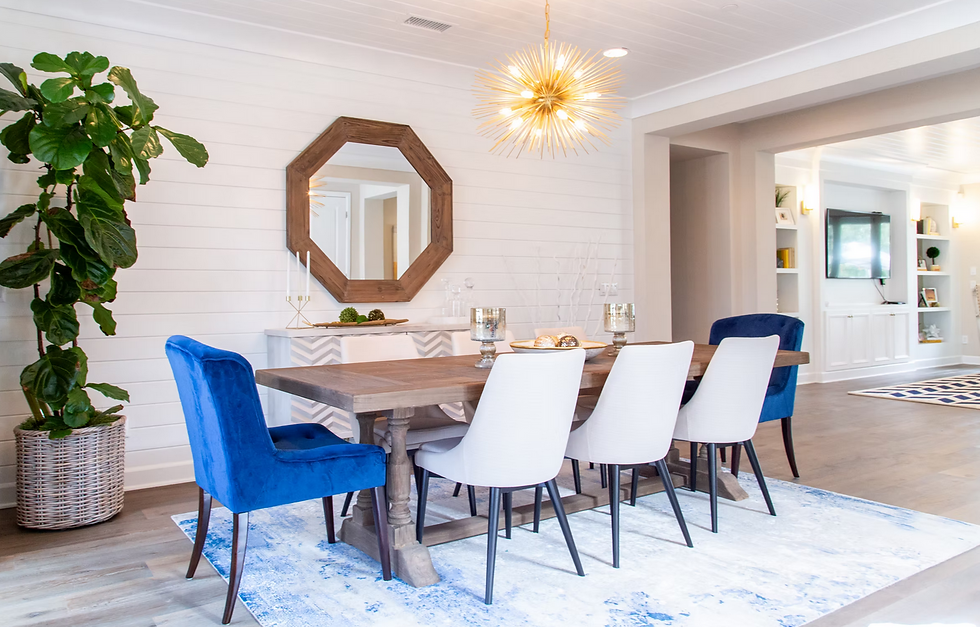Choosing the Perfect Paint For Your Home Style Demands
- Vision Interiors
- Dec 8, 2021
- 3 min read

Paint, paint, glorious paint! Paint is one of the most visually striking materials that you can purchase for your home. It is also one of the most affordable. It can also fix a multitude of problems. Have a worn-out exterior? Paint. Paint. Does your interior feel like it's closing in on you? Paint. Paint. PAINT.
Paint is a great way for your home to be brightened, enlivened, and given a facelift. What happens after you have chosen a color? How can you select the right paint for your project and how do you buy it?
How to Choose the Perfect Paint
It can be difficult to decide on the right paint. There are many options for paint, and it can be overwhelming. These are some things to keep in mind when selecting your paint.
Composition. Although there are many options for paint, most homeowners choose latex or oil. Latex paint is easy to clean up, but it can become a little soft once fully cured. This makes it a poor choice in high-traffic areas. Oil is a much more difficult cleaning up but can be used to cover almost any surface and will withstand years and years worth of abuse.
Sheen. You decide how shiny your walls should be. It might seem obvious to choose the most shiny paint, but glossy paint can reveal a lot of sins and very few houses are perfect.
If your walls or other surfaces are not perfect, it could be a problem. Eggshell, on the other hand, can hide a lot of sins but can be very difficult to clean if it gets dirty.
Durability. Paint is paint. Unfortunately, not even close. Paints can be as low as $20 per gallon, or as high at four times that. They are priced differently because they have different characteristics, but durability is an important factor in pricing.
Cheap paint doesn't last long and will need to be redone soon. Top-of-the-line paint will likely be impregnated in UV-resistant materials and weather resistant chemicals to ensure that your paint lasts longer.
Coats to Coverage. The majority of paints will tell how many coats it takes to cover a wall, provided that the wall has been properly primed. This information is crucial when determining how much paint you will need. A $50 gallon paint can be applied in one coat, which is usually cheaper than three coats.
How to properly do the Paint Math
When calculating your paint requirements, keep in mind that there will be some loss. Your calculations should not be considered as estimates. It is not a science. Painting is an art. The tools you use and the walls will influence how much paint is used.
Simply multiply the surface elevation by the length in feet to calculate your paint needs. For example, to paint a wall 10 feet by 20 feet in size, you would need 200 square feet of coverage. To determine the amount of paint that the bucket should cover, and how many coats it should be applied, examine the paint. You can cover 250 square feet with a lot of paint gallons, which is enough to do your first coat.
You will need to paint at least two coats. If you require more, you may need twice as much. Rounding up is better than going down. You'll almost certainly find spots that you need to touch-up.
You'll also get a better match if you do all your tinting together. Even with computerized paint mixing, it is possible to have a day where the machine feels a little off.




Comments